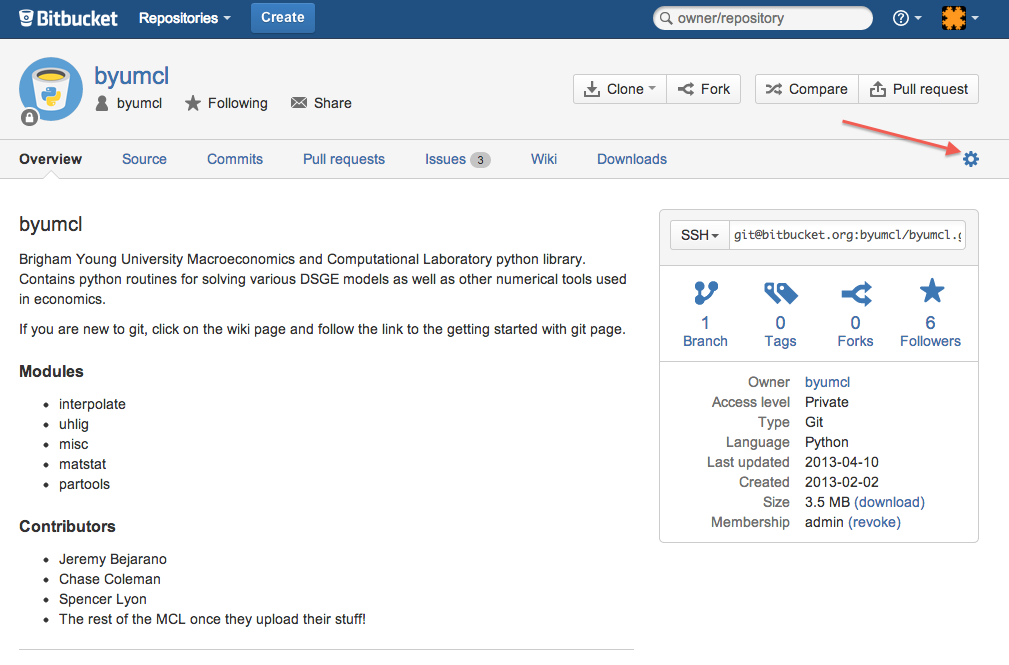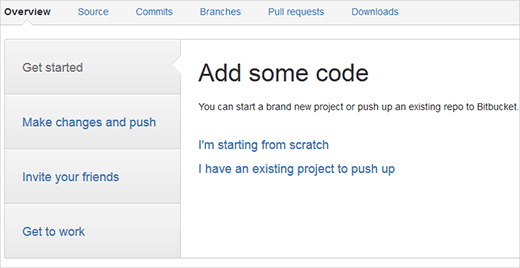
Log in back as the user who created the Pull Request and he will be able to see the status of the review.Ĭlick on the Review item and merge the changes to the master branch.Ĭlick on Merge. Click on the review item and approve the changes.Īdd a comment in the Activity box and click on Approve The review assigned is shown in the dashboard. Log in as the user to whom the review is assigned to. The reviewers assigned is the user added to the default reviewer list in the project settings. Click to create a Pull Request in the sidebar. The bugfix branch is now available in the Bitbucket repository.īefore the changes are merged to the master branch, the developer would usually create a Pull Request to get the changes reviewed. The developer creates a bugfix branch to do the necessary changes to fix the defect and pushes the changes to the repository.
How to set up bitbucket with windows computer keygen#

Let’s look at a simple scenario to create a Pull Request: Click on the project and go to the settings.Īdd the default reviewers to be added in the Pull Request. Thus the developers would create a bugfix branch to do the necessary fixes and create a pull request to inform the team members about the defect being fixed and request for a review so that the changes can be merged into the main integration branch or the master branch.īefore creating a pull request, add the default reviewers to the Project Settings. Hence, when the developers take up the tasks of fixing defects or incorporating enhancements, they need to take feedback from their peers or get it reviewed. Most of the times when a release is done, the defects are reported or enhancements are suggested to be incorporated. For Example, open the file index.jsp and make a change.Ĭlick on History to view all the changes done to the file.Ĭlick on Diff to previous to compare the changes with the previous version. To edit any file online open the file and click on Edit. I have created a J2EE Maven project, committed and pushed the same back to the Bitbucket repository. Once the repository is cloned, add files to the repository. It is best to save the instructions as the steps would be required for every developer who would be working on the repository.įollow the instructions as listed to clone any repository in the Bitbucket project to the local machine wherein the developers would make changes and commit to the repository along with the push. As the repository is created follow the instructions to clone the Git repository to the local machine.

Open the project and click on + to create a Git repository.Ĭlick on Create repository. Log in to Bitbucket using the URL Atlassian Bitbucket and click on Projects -> Create Project. These repositories will then be worked upon by the project teams based on the access. To start with version controlling project related artifacts in Bitbucket, we need to create a project which will then group multiple Git repositories. Integrate with Jira to maintain traceability with issues.Using Git commands to clone, commit, push source code, etc.In this article on Bitbucket, we will look at the following features. Bitbucket Data Center: For enterprise-wide deployment for high availability and better performance.




 0 kommentar(er)
0 kommentar(er)
